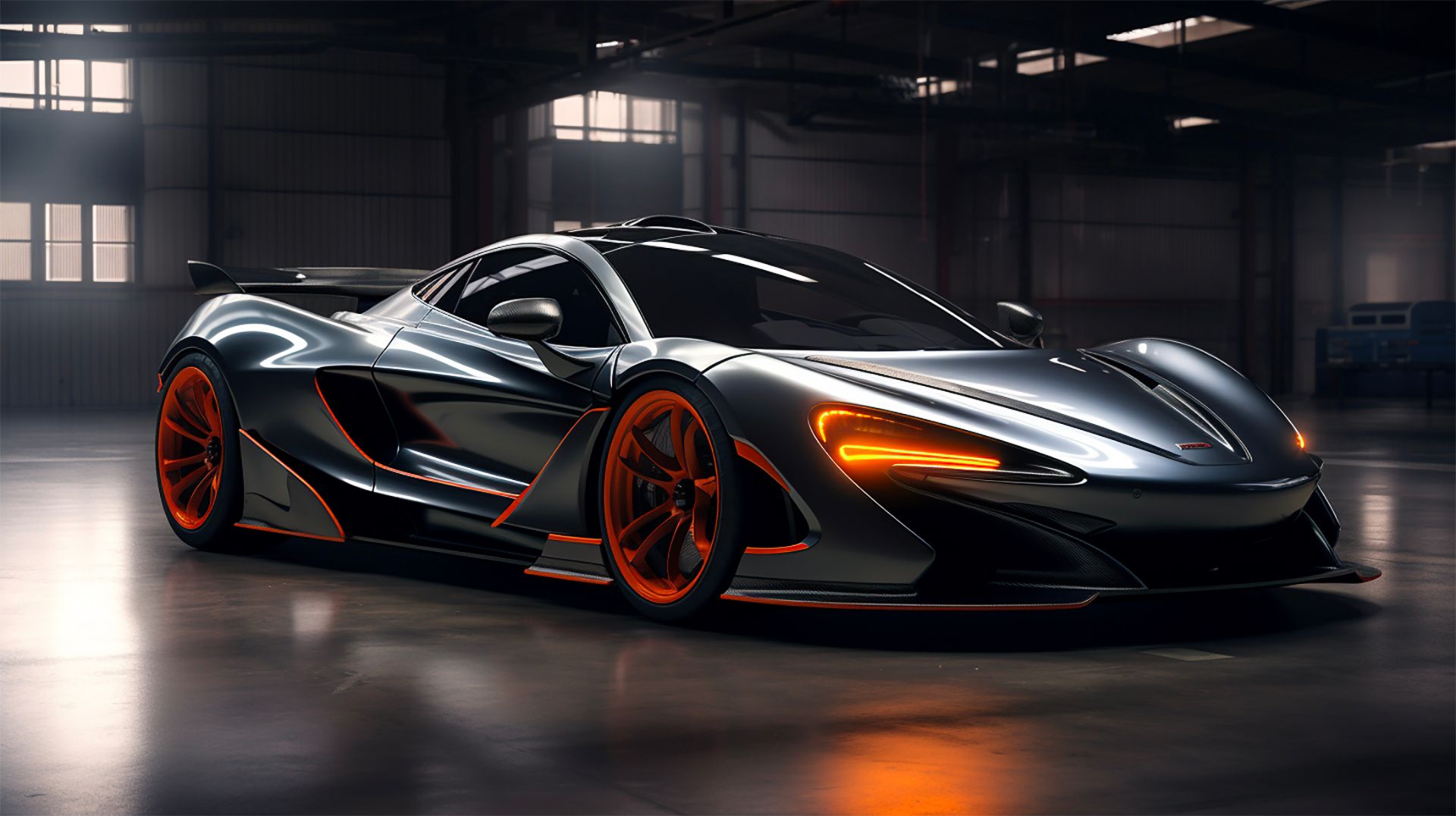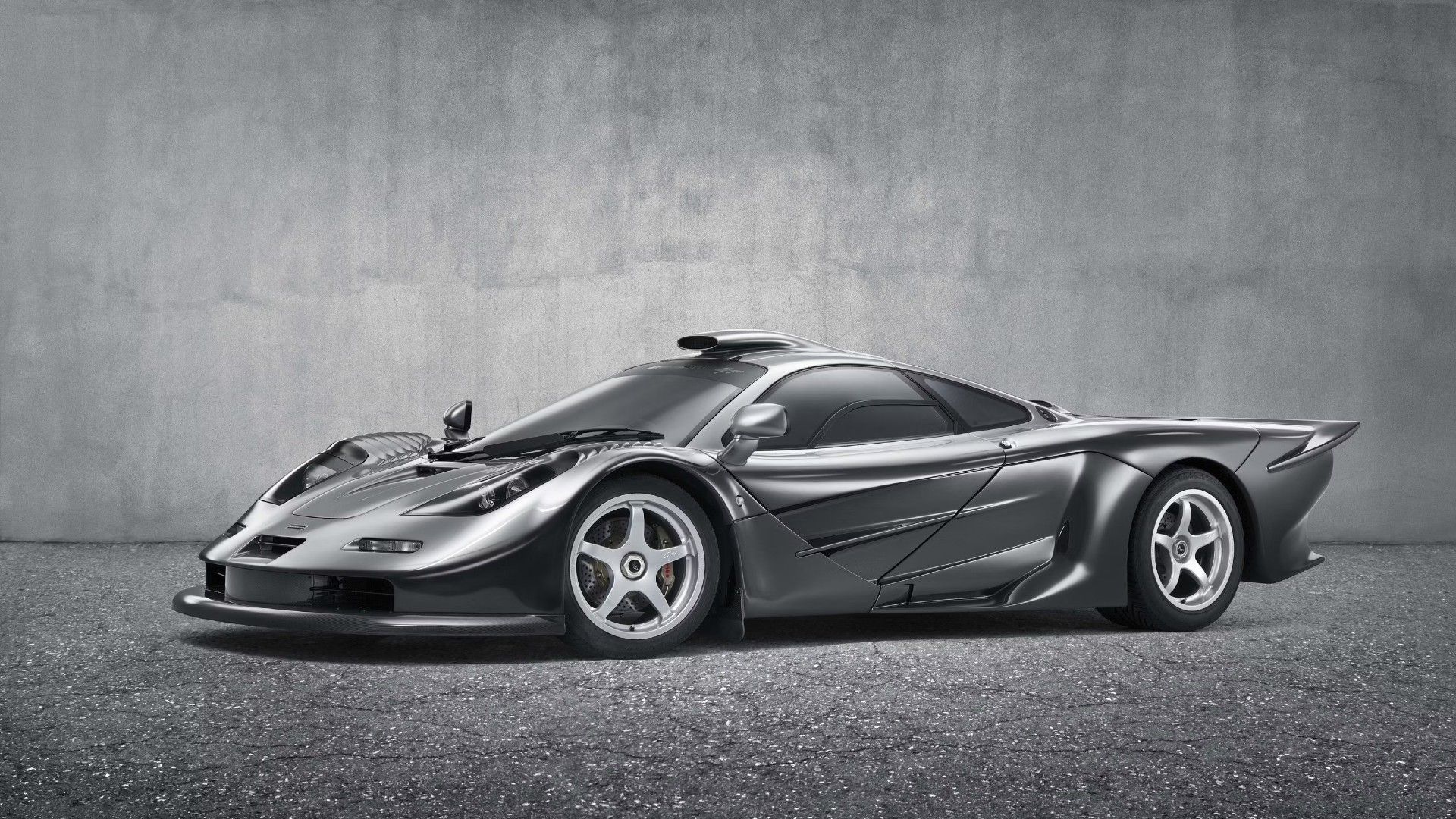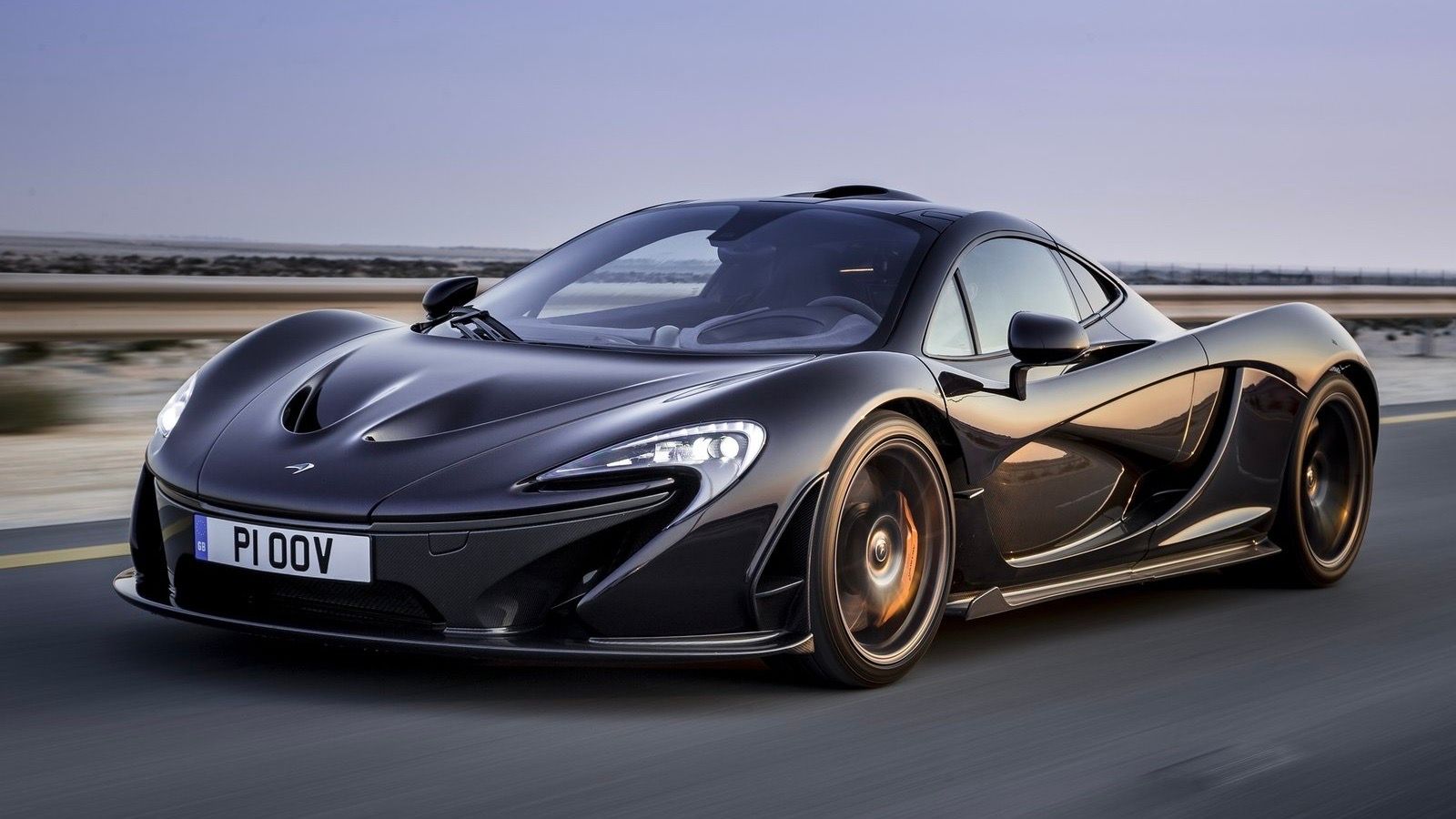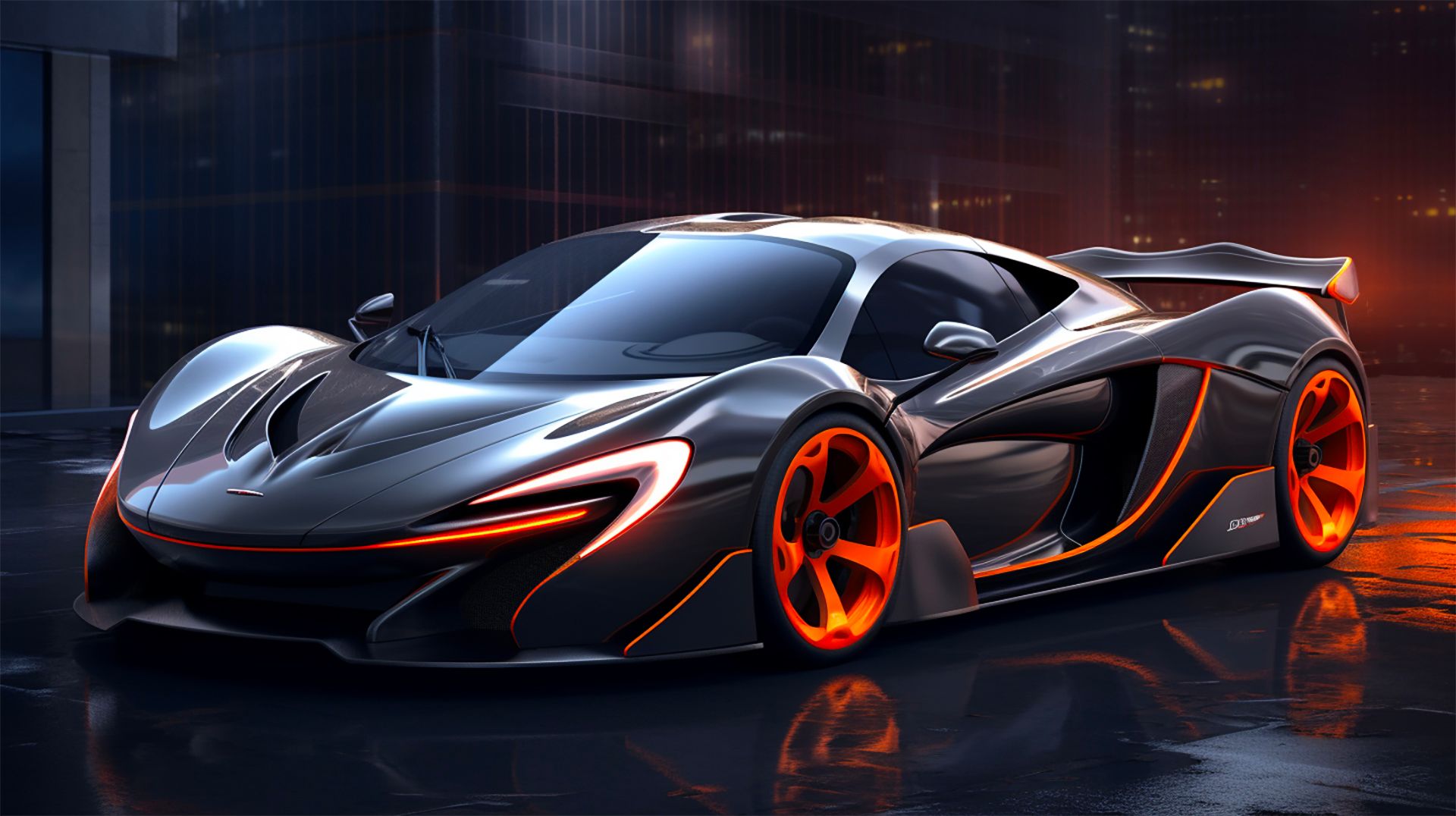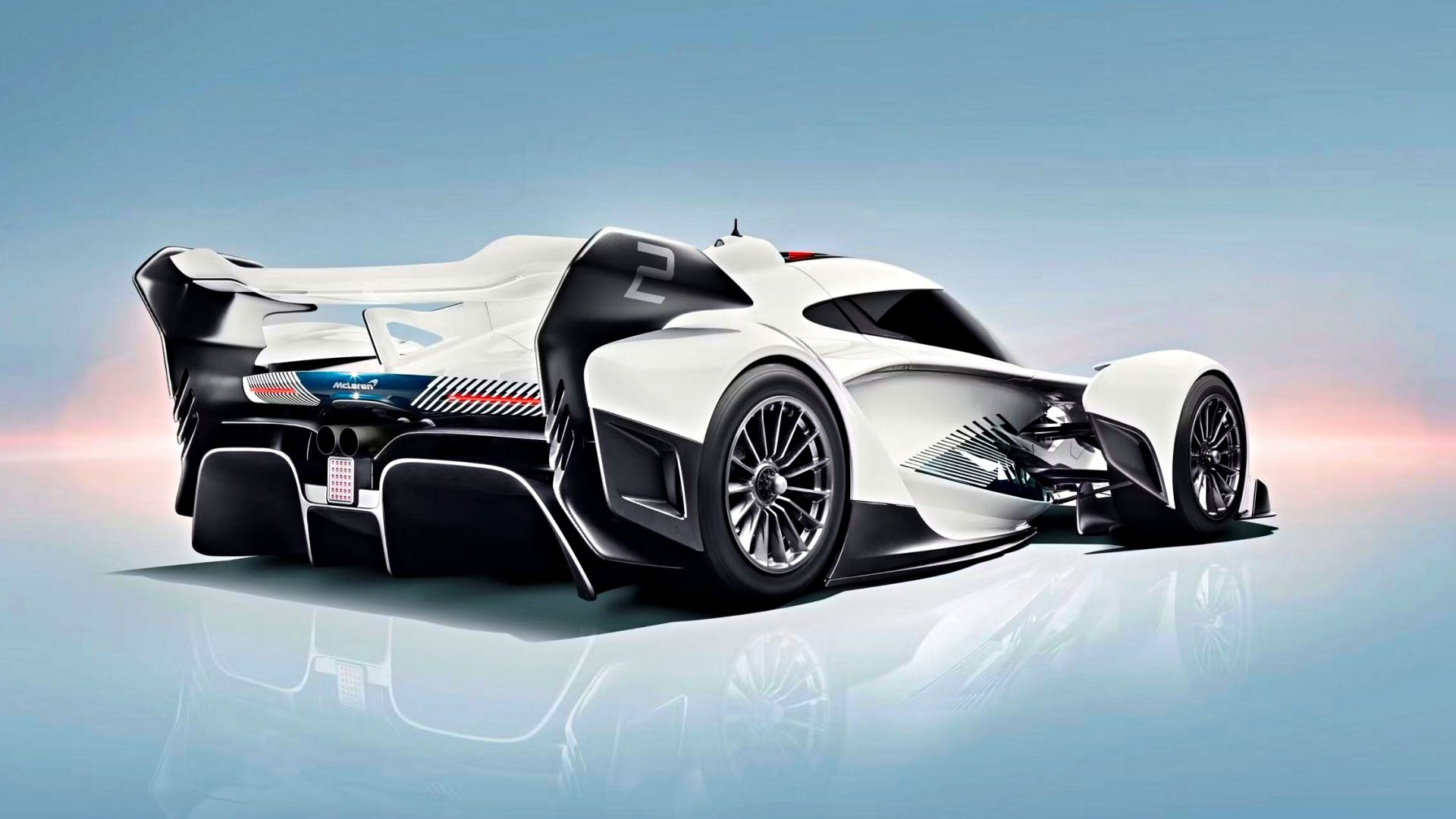Summary
- Automakers face a dilemma in producing electric cars that balance weight and range due to heavy batteries, but McLaren aims to solve this problem with its upcoming electric car.
- McLaren's first electric car, following the lineage of the F1 and P1, will prioritize performance and will be impressively lightweight to maximize range and acceleration.
- Despite the lack of demand for electric cars at the moment, McLaren acknowledges the changing automotive landscape and is developing hybrid models before introducing its all-electric successor to the P1.
As automakers begin to shift toward wide-scale electrification, there are two battles to be waged: the battle of weight and the battle of range. The problem is that these two things play against one another because batteries are heavy. Engineers can go with a large battery and provide more than enough range, but it comes at the expense of weight. Likewise, they can go with a small battery to cut back on weight, but all-electric range suffers in the end. Most mainstream automakers have found a pretty solid balance. There are still EVs out there that are ridiculously heavy, like the GMC Hummer, which is heavier than some cars, but for the most part, this problem has been reasonably solved for now. After all, for daily drivers and family haulers, weight isn’t much of a big deal as long as the range is good, but when it comes to sports cars, supercars, and hypercars, weight is a major part of the equation – and one of the reasons why electric supercars have been limited to startups like Rimac.
All of that is set to change, though. Lamborghini will be revealing its first all-electric vehicle before the end of August, and now we’re getting news that McLaren is finally working on an electric car. Even better yet, this electric car is going to be a full-on performer that sits at the top of the lineup. That’s right; McLaren’s first electric car will come from the same lineage as the legendary F1 and iconic P1, and just like its legendary predecessors, there will be absolutely zero compromises. The best part yet, it should arrive before we flip the calendar to 2030.
Past, Present, And Future: A Lineage Of Legends
McLaren has been around since it was established by Bruce McLaren way back in 1963. Back then, however, the McLaren brand was all about racing, and this carried on through the 60s, 70s, and 1980s, with one of the most notable record holders being the McLaren M6 GT. It wasn’t until the 1990s that McLaren took its first step toward purpose-built road cars, and that first step was a doozy. We’re of course talking about the legendary McLaren F1 – the car that set a Guinness World Record for the fastest production car. Well, technically it wasn’t the “production” F1 that broke the record. It was the XP5 prototype with a modified rev limiter, but be that as it may, it managed to hit 240.1 mph and put the record holder at the time – a modified Jaguar XJ220 that hit 217.1 mph – to shame.
The road-going McLaren F1 was powered by a BMW-sourced 6.1-Liter, naturally aspirated, V-12 engine that was good for 618 horsepower and 479 pound-feet of torque. It was capable of hitting 60 mph in 3.2 seconds, 120 mph in 9.2 seconds, and 180 mph in 20.3 seconds, but it wasn’t just its impressive speed that made the F1 such an icon. It was the first road-going car to feature a full carbon-fiber body, had a unique central driving position with two rear seats, and to this day, it’s still the fastest naturally aspirated road car ever built. The F1 went out of production in 1998, and the company remained dormant until it launched the 12C in 2009. Produced until 2014, and featuring Formula 1 technology, it was a force to be reckoned with, but it never sat on the same bench as the F1 that came before it.
It wasn’t until 2013 that a formidable successor to the F1 was born: the McLaren P1. The P1 was built on the same principles as the 12C and F1, though it dialed everything up to 11 with lots of new technological advancements. It was the most aerodynamic car McLaren had ever built, and it was plug-in hybrid. This is where things really get different, as this time around, McLaren’s new halo car was powered by a 3.8-liter V-8 with an electric motor. Power output came in at a combined 903 horsepower, all of which was channeled through a new seven-speed dual-clutch transmission. The P1 went out of production in December 2015, with a total of 439 produced, including 58 P1 GTRs, 5 P1 LMs, and 1 P1 GT.
It was the P1 that really kicked off McLarens drive toward road-going cars, with the 650S, 675LT, 570S, 540C, 570GT, and 720S all following within two years after the P1 went out of production. In 2017, the McLaren Senna was launched as the most extreme McLaren ever made, and while it is viewed as a member of the F1 and P1 lineage by some, it wasn’t a true successor that was built in the same light. The 600 LT, 720S Spider, Speedtail, 600LT Spider, and the McLaren GT have all had their moments, as have the Elva and Solus GT, but not of them have been quite as iconic. Now, however, there’s something new on the horizon. We still have a few years to wait, but a new McLaren – the first all-electric McLaren – is coming, and it’s going to follow in the same footsteps as the F1 and P1.
McLaren F1 and P1 Performance Specs
McLaren F1 | McLaren P1 | |
Engine | 6.0-liter, V-12 | 3.8-liter, twin-turbo V-8 with an electric motor |
Horsepower | 618 horses | 903 horses (combined) |
Torque | 479 pound-feet | 664 pound-feet (combined) |
Drivetrain | Rear-wheel-drive | Rear-wheel-drive |
Transmission | Six-speed manual | Seven-speed dual-clutch |
0-60 mph | 3.2 seconds | 2.8 seconds |
Top Speed | 221 mph | 217 mph |
What We Know About McLaren's First Electric Supercar
Up until recently, everyone thought that if there was going to be a McLaren P1 successor – and by extension an F1 successor – that it would be similar to the P1. It would likely be some kind of hybrid vehicle with more than 1,000 horsepower and upgraded aerodynamics and technology all derived from everything McLaren has learned since the P1 went out of production. A new report, however, tells a new story of battery-electric drivetrain development and a car that will compete against none other than the Porsche Mission X.
In an interview with Autocar, McLaren CEO, Michael Leiters, explained that electric powertrains are a key focus in the brand’s powertrain development plans, right alongside traditional internal combustion engines and hybrids. And this is where the P1’s successor comes into play, as it will be electric, but it’s not going to happen right away. According to the report, the company still isn’t 100-percent sold electric cars, saying that building a car that’s outrageously powerful and outrageously heavy isn’t “in the DNA of McLaren.” In short, McLaren’s first electric car should be comparable to the 750S in terms of weight.
So, this means that McLaren is currently aiming to build an all-electric car that is impressively light. The McLaren 750S tipped the scales at just 2,815 pounds dry. By keeping the weight of the P1 successor in check, McLaren won’t need excessively powerful motors and can, in turn, reduce the size of the battery without sacrificing range much. The near-instantaneous torque from the electric motors will make for impressive acceleration, and the potential for torque vectoring means it could also be the best-handling McLaren ever made. The downside to this is that battery-electric technology isn’t quite there yet, so a likely release target is around 2030.
There May Not Be A Demand For An Electric McLaren
McLaren’s CEO has openly admitted that there’s not really anyone calling up McLaren and asking for an electric car, but that “we have to be careful” as it’s clear the automotive landscape is changing. E-Fuels will likely extend the life of certain cars in Europe, which will keep the brand’s current and ICE-dedicated clientele happy, but will any of them be willing to switch to going all-electric. Perhaps not, but perhaps there are new customers out there just waiting for the opportunity to jump on a battery-powered McLaren supercar. Either way, the brand is currently working on a whole new line of hybrid V-8-powered supercars, most of which should arrive before the P1’s successor.

